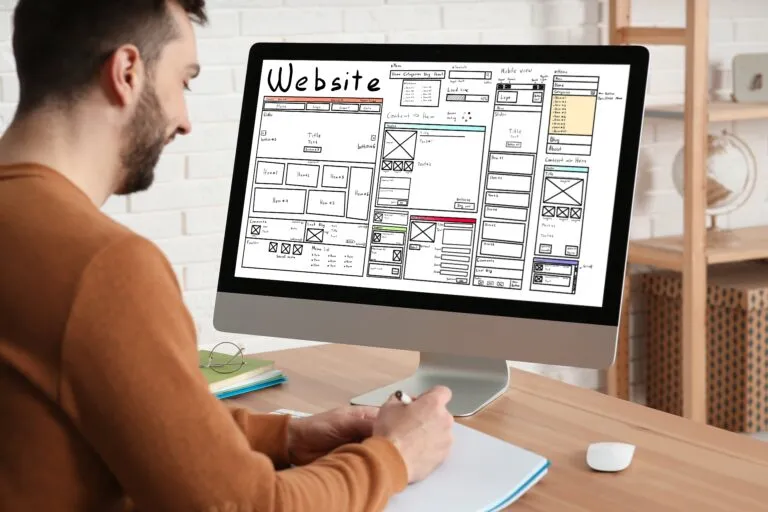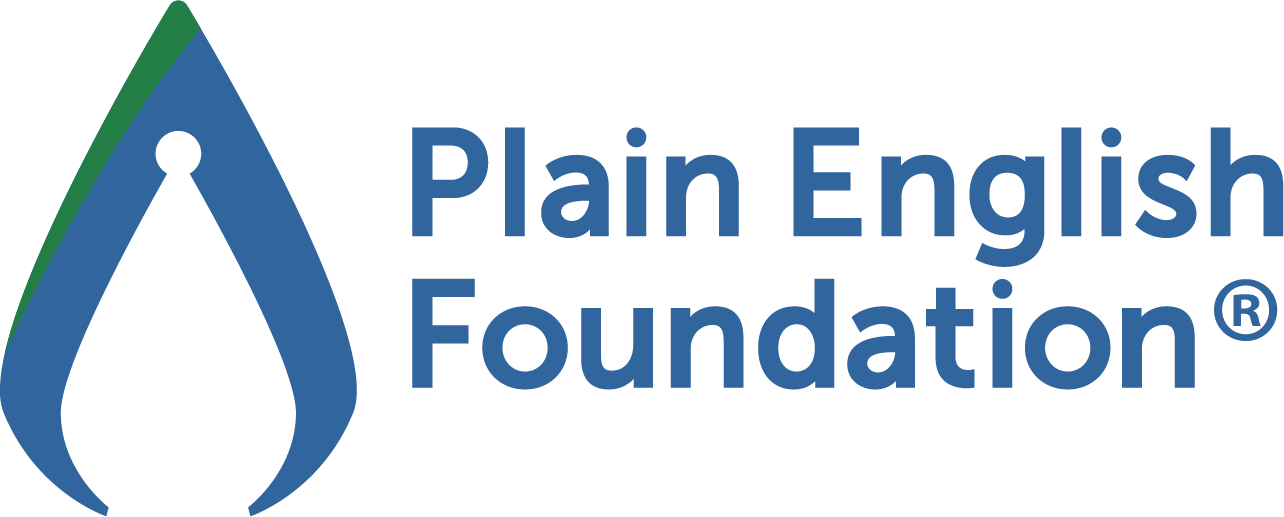What you need to know about website content writing
Why is website content writing so challenging? Whether you’re managing an intranet site, a subject matter expert contributing to a project or a communications specialist, creating website content that keeps readers engaged is tough.
We’ve got you covered. In this article, we’ll look at what you need to know about writing for the web:
- how readers process information online
- how we can tailor information to suit readers’ needs
- what you can do to help your team develop engaging online content with plain language.

How do we process online information?
Do your eyes feel tired when you read onscreen for a long period of time? Still prefer hard-copy reports and articles when reviewing dense bodies of text?
Let’s look at the reason.
We read 25% slower onscreen than in hard copy. To account for reader behaviour, we should be writing 50% less text and need to appeal to readers at a glance.
We recommend following some basic rules to keep your content succinct and engaging.
Create content that allows readers to get more at a scan. Effective scanning means readers get what they need at the high level and can easily connect headings and sub-headings with relevant content. There are many ways we scan information, some more beneficial than others. Let’s talk about what we want readers to avoid and how to encourage them to absorb information effectively.
We know readers will often scan web pages, looking for the most relevant information. Eye tracking reveals that we commonly use the F-pattern; our eyes move across the upper part of content horizontally, down the page a little and then horizontally again, but not to the very right margin of the text.
The F-pattern shows us how important elevating key information is. Structuring chunks of text with key information upfront will reduce the risk of readers hunting, or worse, leaving the website because they didn’t find the information quick enough.
Unformatted blocks of text will have readers floundering.
What we want, is to serve our readers’ need to grab and go. Do you elevate key content effectively? Can readers find what they need fast?
How can we tailor information to suit our readers’ needs?
Use effective headings and subheadings to boost navigation. Headings and subheadings will help our readers grab and go efficiently – but they can also dissuade readers from diving in, so it’s important we make sure our headings:
- describe what the content is about accurately or anticipate readers’ questions
- use visual elements so they stand out consistently from body text.
The most important element of a heading is that it summarises what your content is about. If your headings are not meaningful or relevant, readers will abandon your content like a sinking ship.
Consider design elements that make the headings stand out. Use design to distinguish headings from body text consistently, so we can predict patterns and scan more efficiently. The standard options we use are font size and emphasis.
We recommend using a larger font size in the first instance. You can easily combine this with bold type, to distinguish headings from subheadings and body text. This will help create an effective heading hierarchy.
Hot tip: if you’re wondering whether to underline, italicise or capitalise headings, remember, bold is the most accessible option. Only use underlining for hypertext and links.
Turn writing at work into writing that works with our ISO-aligned plain language system.
Don’t forget the impact of chunking. What is chunking, you might ask. Well, it’s grouping related content together. This can include images, text and videos. When we use headings and design to visually emphasise these chunks, it helps readers navigate to the content they’re most interested in, and we deliver on user efficiency and ease.
Want to learn more about how we can help?
Connect with us to boost or refresh your skills. To learn more about how we use design, headings, and expression to create engaging online content, visit our website and check out our web writing workshop. We tailor our workshops to you, and all our workshops align with Plain language – Part 1: Governing principles and guidelines (ISO 24495-1).
Contact our friendly team today to find out how we can work closely with you to improve content creation and reader engagement. We offer online courses wherever you are around Australia. Or take advantage of our state-of-the-art training facilities in most major cities, including Melbourne, Sydney and Perth.
And to help you write website content every day, we have our free Australian Style Guide. This resource covers the most common style questions for Australian:
- communication specialists
- professionals writing at work
- students and academics.






